Race tech: HTC-Highroad talk equipment pre-Paris-Roubaix
Meeting the challenges of the cobbles
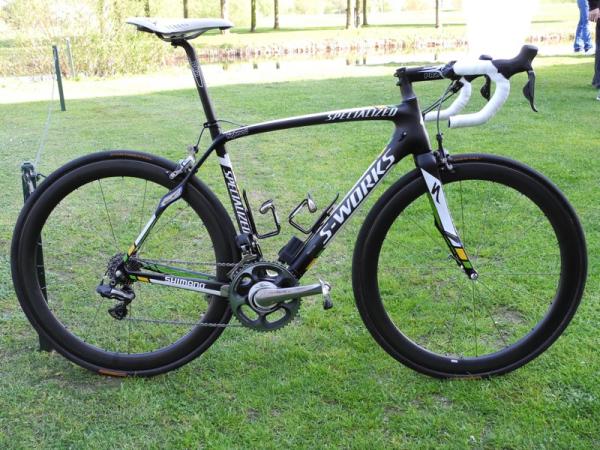
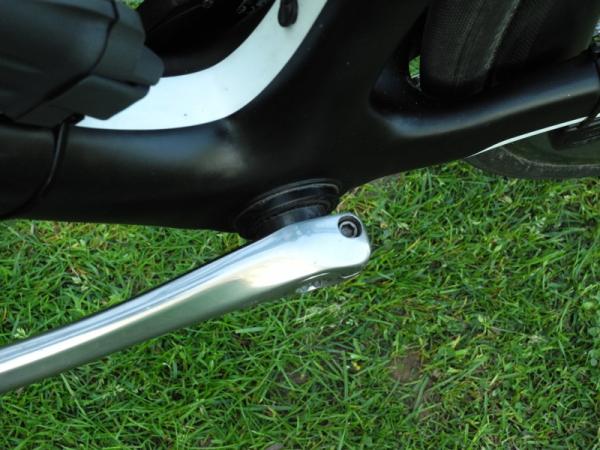
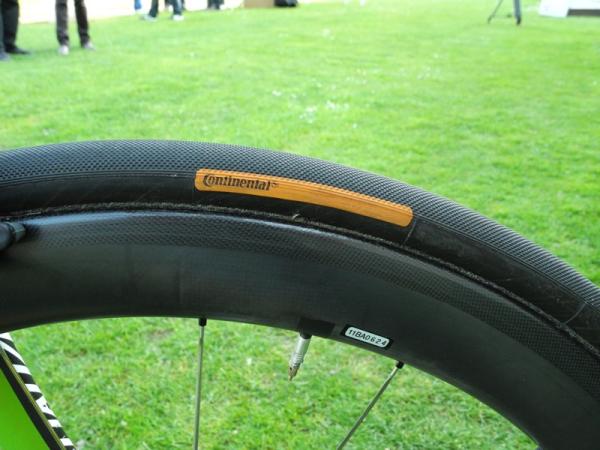
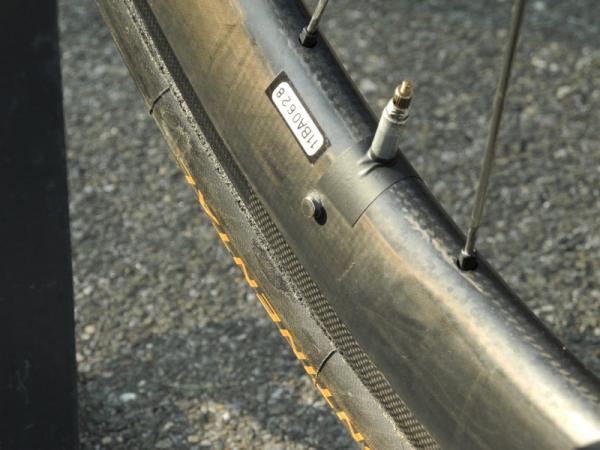
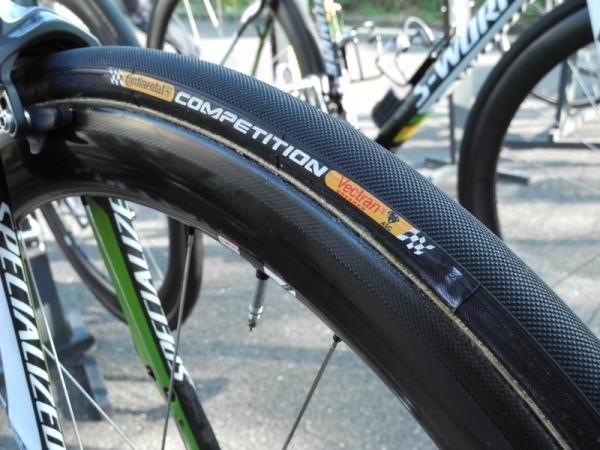
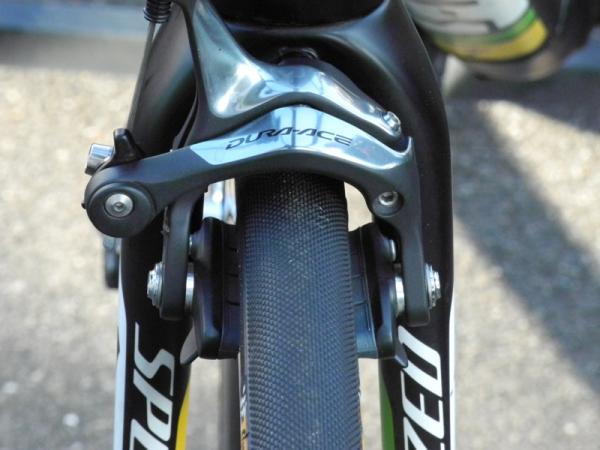
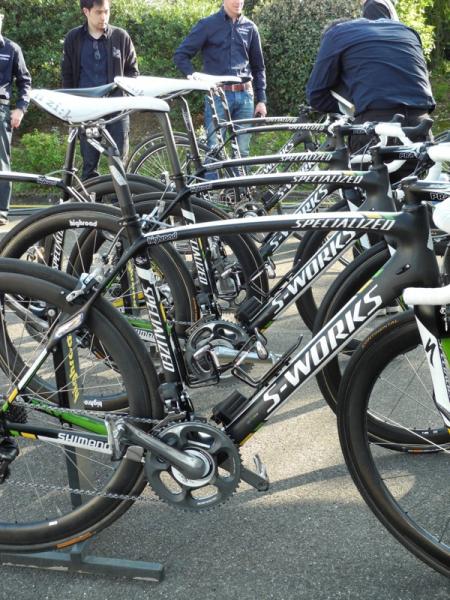
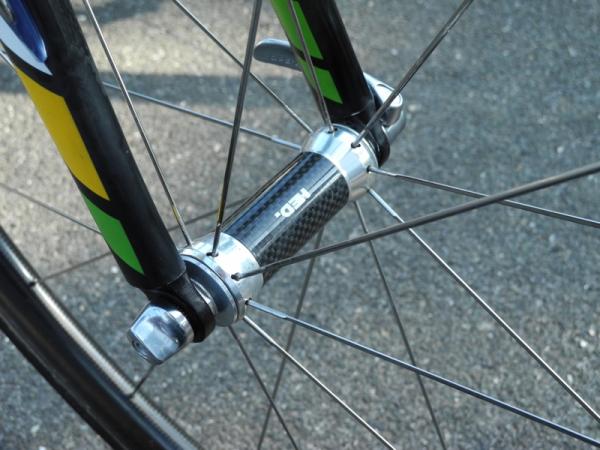
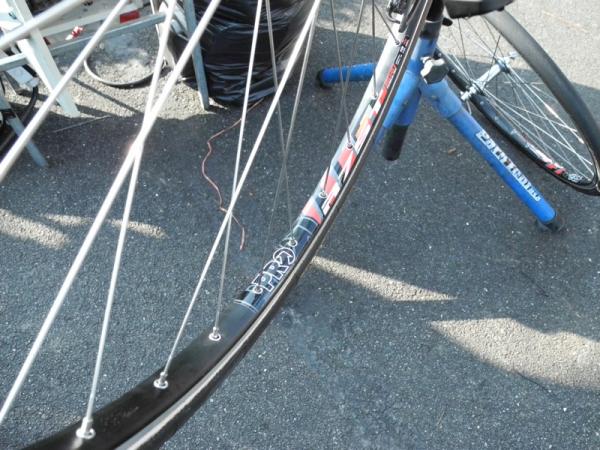
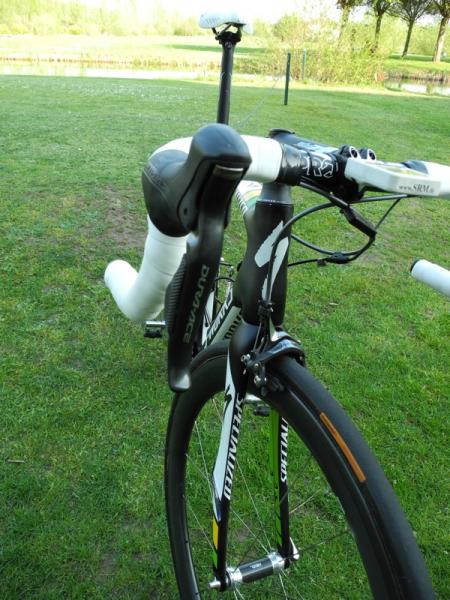

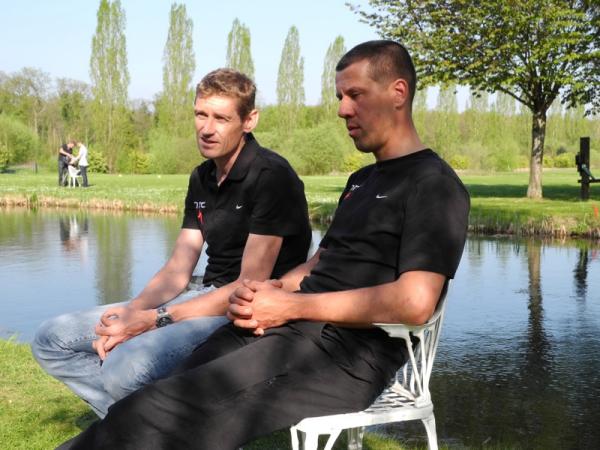
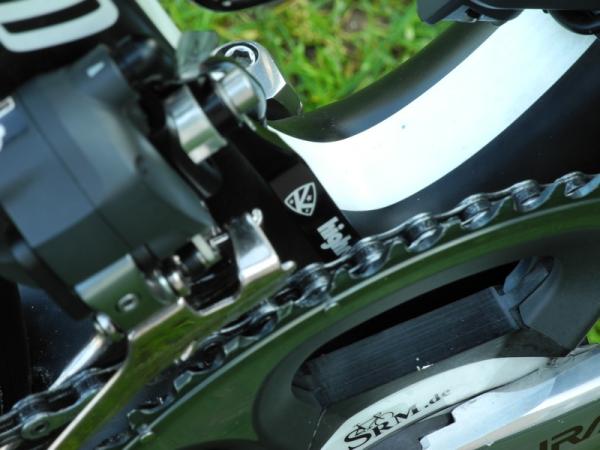
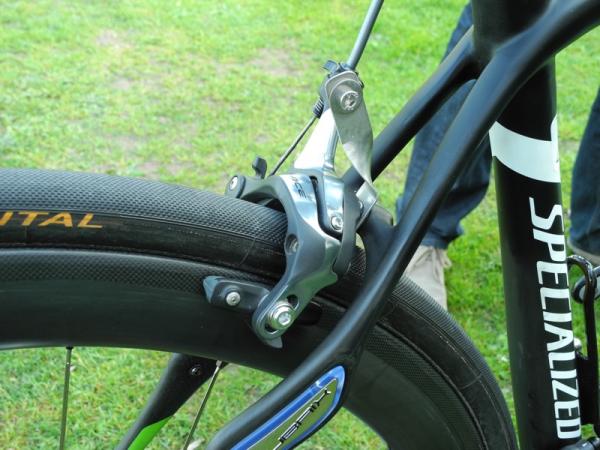
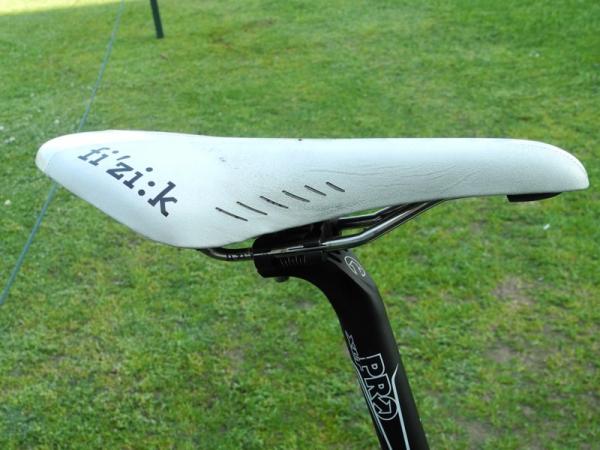
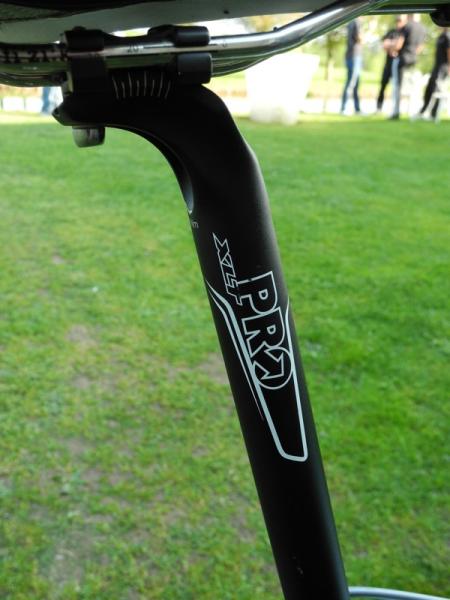
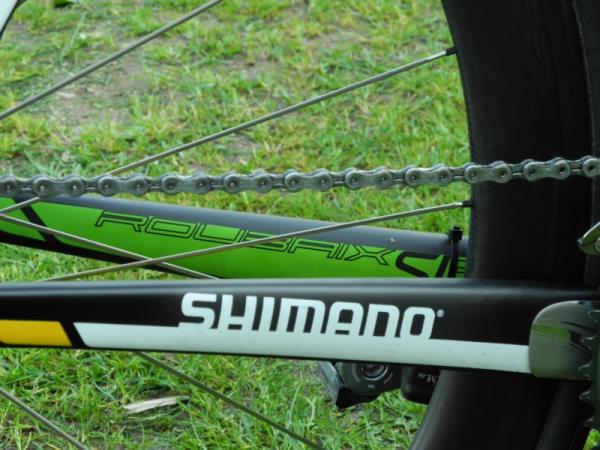
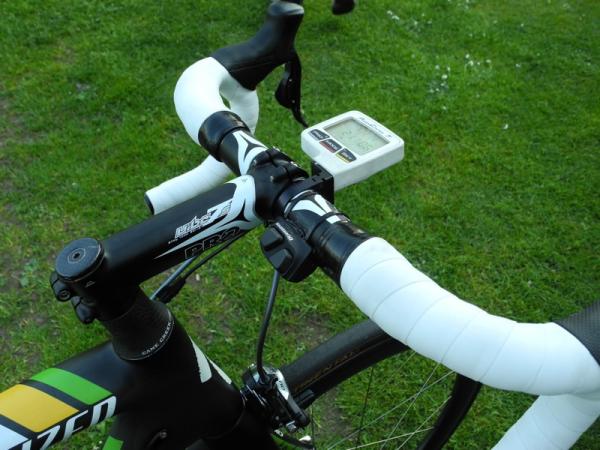
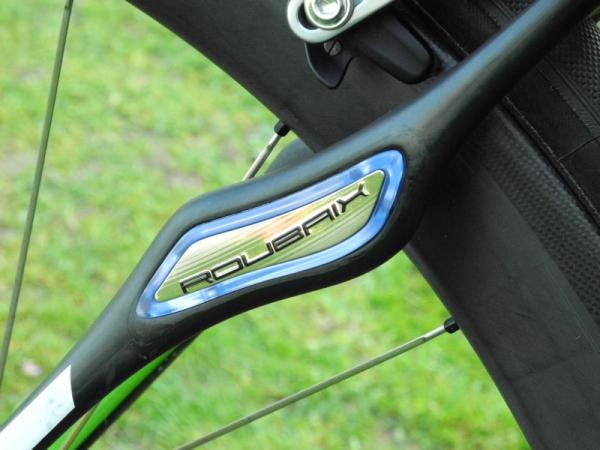
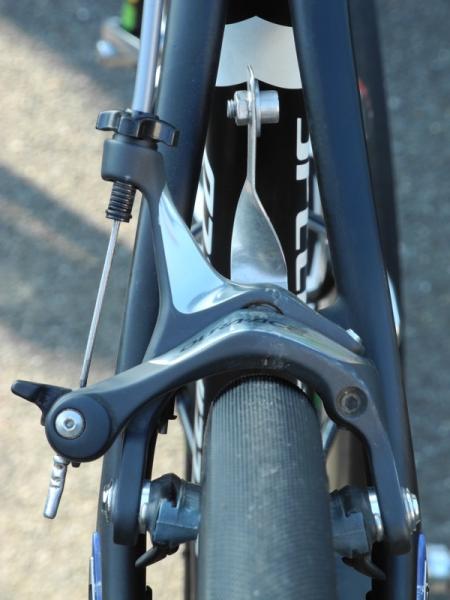
Paris-Roubaix is like no other cycling event; anyone racing it or supporting a team will tell you that fact. The event requires meticulous planning, preparation, unique equipment, and tricks that can only be learned by experience.
Lars Teutenberg works as HTC-Highroad's TechDev manager and is responsible for the team's technical relationship between sponsors and riders. He's the filter for feedback from riders to the manufacturers and also responsible for helping the riders make the right choices in equipment and then making it work to its full potential on race day. The latter task matters most, especially at a race with as many nuances as Paris-Roubaix.
Rolf Aldag, the team's manager, brings 14 years of professional experience to any situation he deals with at a race, and at Roubaix that wealth of knowledge maybe used to offer opinion on equipment choice, but he's mostly interested in fostering the never give up attitude within the riders needed for Roubaix.
"We go into a race like this being really optimistic," said Aldag. "The equipment we use is proven. There's no reason for any of our riders to say, ‘it wasn't me it was the equipment.' Specialized has won with that bike [the Roubaix] in the last three editions of Paris-Roubaix, so for us in the car we have to give it a positive attitude in general.
"As long as you see the helicopter, you're still in the race; you should never give up Paris-Roubaix until it's over, until you come to the final line," he said. "Many other races it's just unrealistic to come back, but here sooner or later everybody will be in a bad spot, everybody will have bad luck. As long as you keep going and as long as you believe in your chances, you're somehow in the race. This is what they really have to understand. If you're a minute thirty behind, it does not mean the race is over. That's pretty special about Roubaix, once you're a minute thirty behind at Liège-Bastogne-Liège, there's a reason - you're not good enough."
Roll out the fat tires

Big 28mm Continental tires make use of all of the Roubaix's tire clearance. Photo: Matt Pacocha
Get The Leadout Newsletter
The latest race content, interviews, features, reviews and expert buying guides, direct to your inbox!
This year the most of the team will be on larger tires, a 28mm pro issue Continental Competition built with latex tubes which is different from Continental's production that relies solely on butyl tubes - than maybe would be expected during a dry Roubaix. Depending on the riders individual weight they will run pressures somewhere between 5- and 6bar (roughly 70-90psi).
Wheel choice is split between a beefed up version of HED's Stinger 4 and a traditional alloy set built with a wide section, eyeleted rim from Shimano's PRO component label called the R75T, which is laced three cross to Shimano Dura-Ace hubs.
"What makes it so special is that everything has to be perfect. You have to perform 100 percent just to have a chance, just to be in the game, I think that's so different from other races - [where] it doesn't really matter if you have 24 spokes this tire or that wheel - but in this case [at Roubaix] it's the little details and we all have a strong bias for technology and this is why we enjoy it."
The riders tested all the different set-ups on Thursday and the all voted for the fat tire," said Teutenberg. "Because it's dry you actually ride more pressure; the race will be faster and there's no risk to slip anywhere."
HTC will use the namesake Specialized's Roubaix SL3 model for the race, the bike won the race last year in its ‘project black' dress. Shimano Dura-Ace Di2 shifters, derailleurs and brakes are visibly unchanged for the event, save for a larger inner chainring, which is used in the cobbled sectors due to the ability to sandwich the chain between the outer ring and a chain watcher ultimately offering better chain management over the stones. Many riders use Shimano's bar-top remote shift buttons as cobbles are best ridden from the tops and in the rough sectors there's little time to move a hand to shift.
Cockpit component make a switch to alloy and some riders seem to choose more generously padded saddles.
The team is again split with the choice between double wrapped bars. "They all have their preferences on what bar tape they want to have, double, single gel, so we just make it how every rider wants," said Teutenberg.
"You can advise them and you can try to educate them but finally on a race like this they have to believe in what they're going to use, that's the most thing to be successful in the race," said Aldag. "That's the most important thing, that Sunday at the start line they feel ready, that they don't doubt themselves, they don't doubt their equipment and that they don't doubt that the team isn't prepared and then we go out there and hopefully it all comes together."
This article first appeared on BikeRadar.